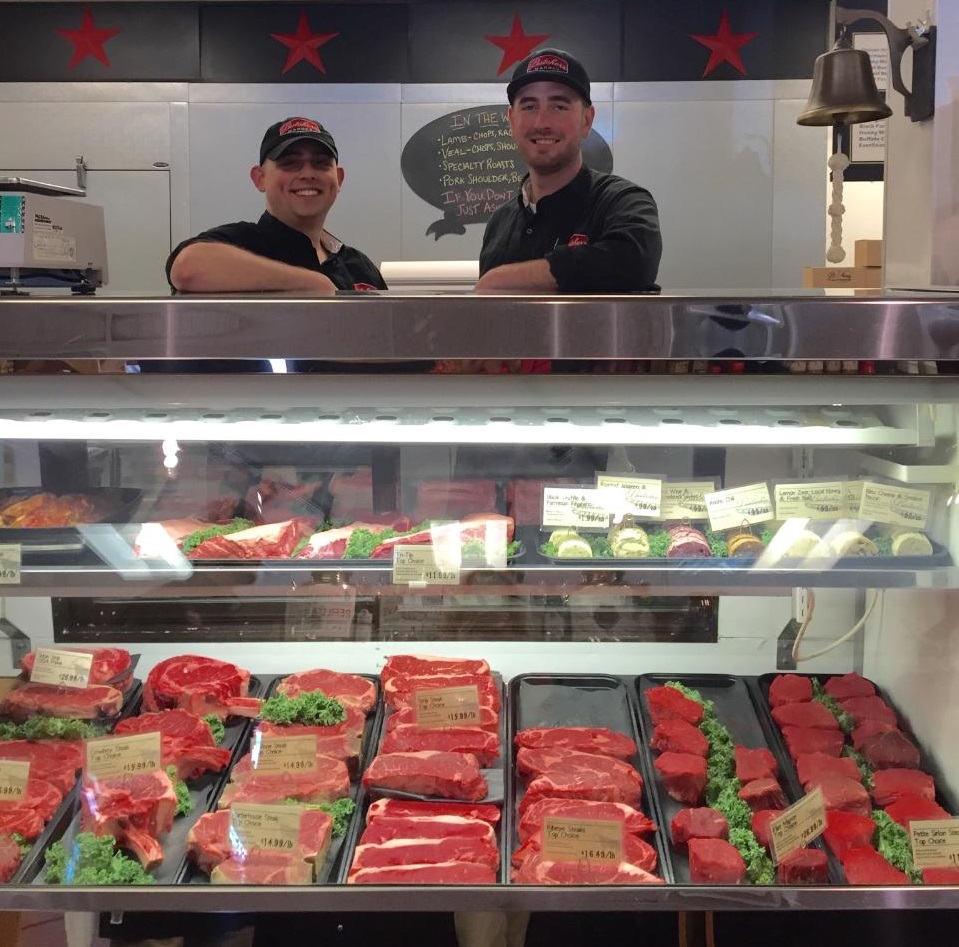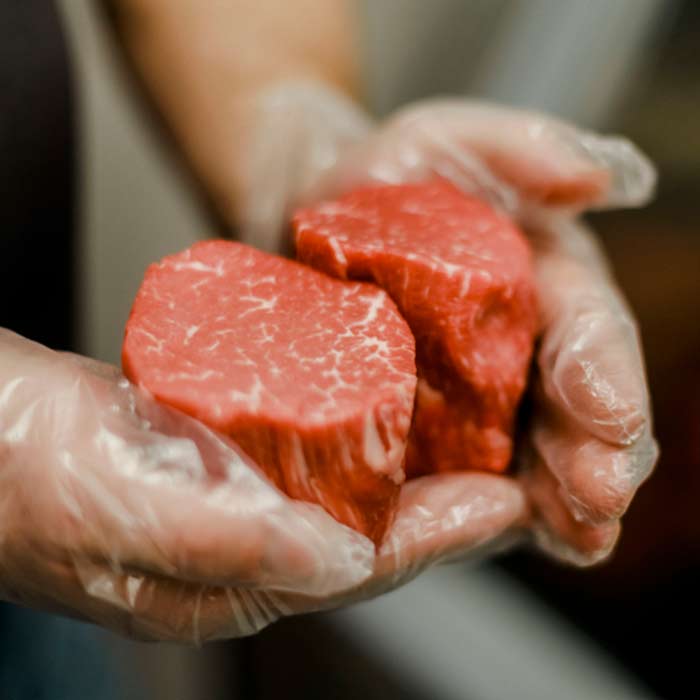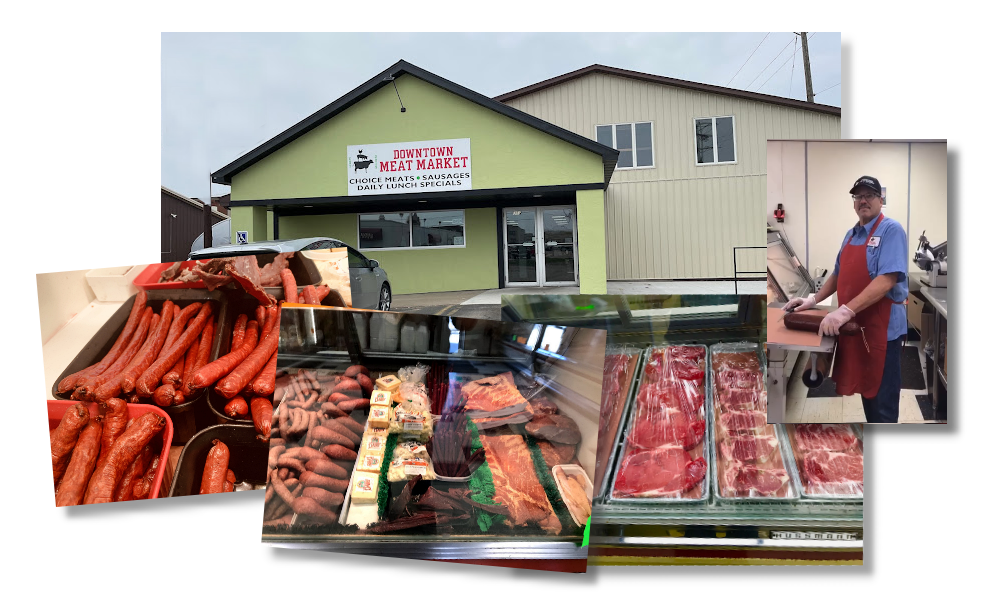Stop by Bagley Meat Market Edwardsville IL for custom cuts and high-quality meats.
Stop by Bagley Meat Market Edwardsville IL for custom cuts and high-quality meats.
Blog Article
Just How to Choose the Perfect Cut of Meat From a Trusted Meat Market
Picking the perfect cut of meat from a trusted meat market requires a thoughtful method that stabilizes high quality, cooking objective, and spending plan. Recognizing the various types of meat and their particular cuts is vital, as is involving with your butcher to obtain understandings into sourcing and preparation. Observing features such as color, appearance, and marbling can even more lead your decision. As you consider these elements, it ends up being clear that the nuances of your option can significantly affect the result of your meal, motivating a much deeper exploration of the criteria that really matter.
Understanding Meat Cuts


For circumstances, the tenderloin is treasured for its buttery appearance and minimal connective tissue, making it optimal for quick food preparation approaches such as cooking or pan-searing. On the other hand, tougher cuts like the brisket or shank take advantage of slow-moving cooking techniques to damage down collagen, producing rich and delicious outcomes.
In addition, the fat content of a cut plays a critical function in taste profile and moisture retention during cooking. Cuts with greater fat material, such as ribeye, use a more durable taste, while leaner choices, like sirloin, may call for cautious prep work to avoid dryness (bagley meat market edwardsville il). Understanding these subtleties permits educated selections that elevate cooking productions, making sure that each meal showcases the most effective qualities of the selected meat
Aspects to Consider
When choosing the ideal cut of meat, several critical elements come into play that can substantially affect the last recipe. Primarily, consider the type of meat you prefer-- beef, pork, lamb, or poultry-- as each offers one-of-a-kind flavors and appearances. The details cut within that category is just as vital; for circumstances, ribeye supplies rich marbling, while tenderloin provides a lean, buttery structure.
Another variable is the cooking approach you plan to use. Cuts appropriate for barbecuing, such as T-bones or sirloins, vary from those much better suited for sluggish food preparation, like chuck roasts or shanks. Additionally, freshness is extremely important; always pick meat with a lively color and company texture, signifying quality and correct handling.
In addition, think about the resource of the meat. A relied on meat market frequently offers locally sourced, hormone-free, and grass-fed options, which can enhance taste and dietary value. Your budget plan will lead your choice. Premium cuts might provide exceptional taste, however there are likewise cost-effective alternatives that, when prepared appropriately, can produce tasty results. Balancing these variables will assist you pick the best cut for your culinary requirements.
Questions to Ask Your Butcher
A butcher's expertise can be indispensable when selecting the perfect cut of meat for your culinary undertakings. Beginning by making inquiries regarding the source of the meat.
Next, inquire about the various cuts available for the sort of meat you favor. An educated butcher will discuss the subtleties of each cut, assisting you select one that matches your cooking approach and wanted outcome. Do additional reading not hesitate to ask about the very best cooking methods for a particular cut; butchers usually have tips that can enhance your dish.
It's likewise sensible to ask regarding the meat's quality. Inquire about the shipment click here for info timetable and how frequently the meat is restocked. This will certainly offer you self-confidence in the quality of what you are acquiring. Ask for referrals based on your individual taste preferences. A good butcher will be excited to share their know-how and suggest cuts that will certainly delight your taste. Engaging your butcher with these concerns can considerably boost your meat choice experience.
Acknowledging Top Quality Meat

Appearance is another crucial aspect; top quality meat must feel strong and somewhat resilient to the touch. Stay clear of any kind of cuts that really feel slimy or exceedingly completely dry, as these can suggest perishing or improper storage. Additionally, odor plays a vital function; fresh meat must have a clean, neutral about his fragrance, while any type of off-putting or sour odors are warnings.
Lastly, consider the source. Getting from a reliable meat market, where the meat's beginning is recognized, can guarantee greater high quality standards. By concentrating on these signs-- shade, marbling, appearance, odor, and source-- you can with confidence pick cuts that will raise your food preparation and dining experience.
Cooking Methods for each and every Cut
Choosing the appropriate cooking approach is paramount for optimizing the flavor and inflammation of each cut of meat. Various cuts have distinct attributes that dictate one of the most suitable cooking strategies.
For tender cuts, such as filet mignon or ribeye, dry warm methods like grilling, broiling, or pan-searing are perfect. These methods improve the all-natural flavors while making sure a juicy, delicious texture. Conversely, harder cuts, such as chuck or brisket, gain from wet warm approaches, including braising or slow food preparation. These methods aid damage down connective tissues, resulting in a tender, savory dish.
Pork chops and chicken busts are flexible and can be cooked utilizing both completely dry and damp techniques. While cooking or roasting can generate tasty results, poaching or sautéing can keep wetness and inflammation. For lamb, methods like roasting or braising are suggested, as they match the meat's durable flavor.

Final Thought
To conclude, choosing the suitable cut of meat from a reputable meat market requires a comprehensive understanding of meat cuts and consideration of various factors, consisting of resource, top quality, and food preparation techniques. Engaging with the butcher through targeted inquiries can yield important insights and recommendations tailored to details culinary needs. Prioritizing both high quality and spending plan will certainly enhance the general gastronomic experience, making certain that the chosen cut satisfies assumptions in both taste and prep work.
Report this page